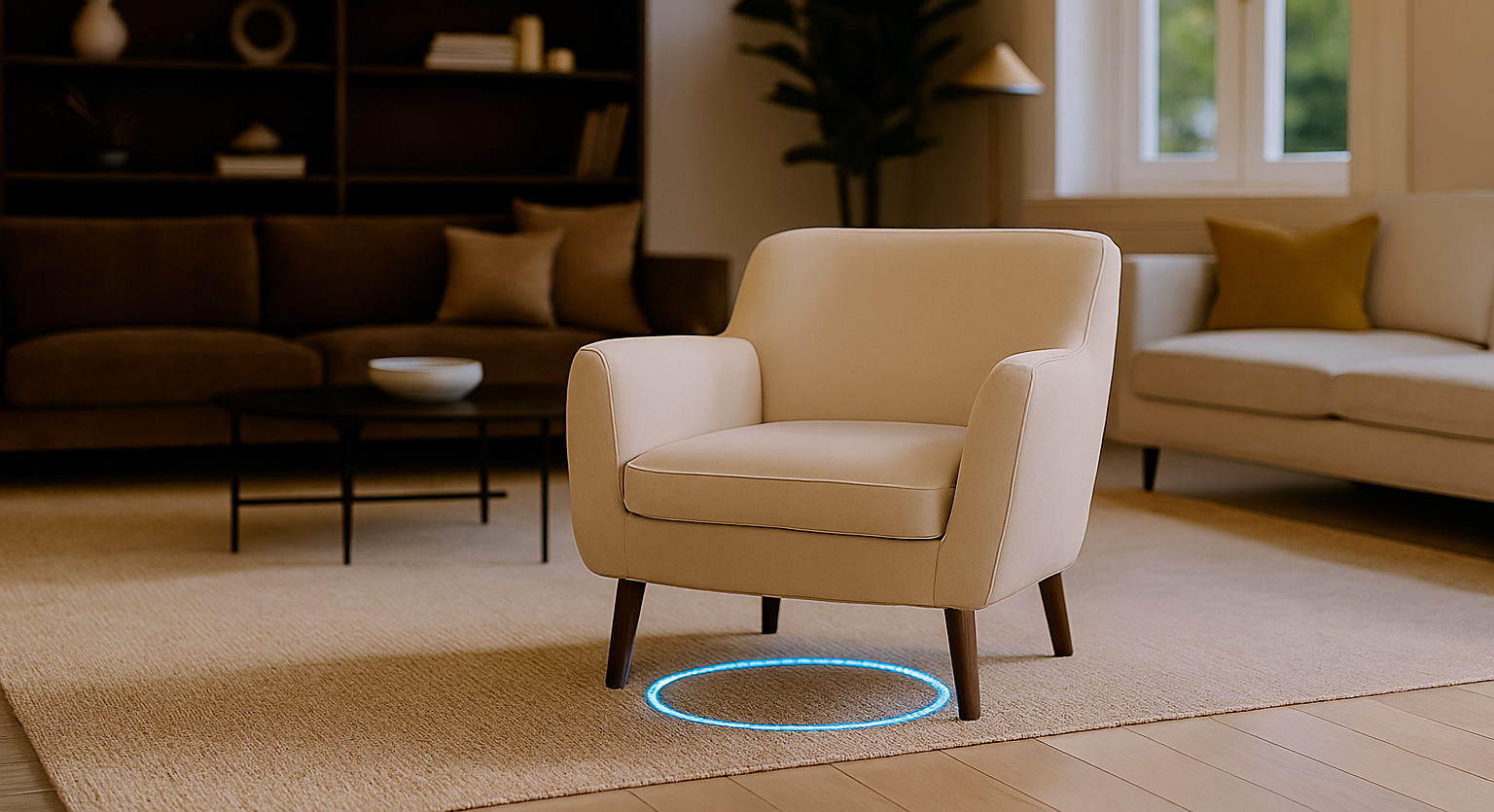
EasyThree & AR: Previewing Your 3D Models in the Real World
Augmented Reality offers a simple, intuitive way to see your 3D models in real spaces—whether you’re testing object, showcasing a product, or sharing a concept with clients. With EasyThree, preparing and exporting for AR is designed to be smooth and user-friendly.
If you’re exporting a model from your favorite 3D app—such as Blender, Maya, 3ds Max, or Fusion—make sure it’s centered at the origin point (0,0,0) and properly scaled before importing it into EasyThree.
Since EasyThree imports and exports models as-is, it’s up to you to ensure the scale is correct and your model appears as expected in XR platform conventions such as WebXR, ARKit, and ARCore.
If needed, you can adjust scale using the Scale settings on the Model and Materials tab.
To ensure your objects appear at a realistic size when placed in AR, always double-check your unit settings before export.
When placing the model, you’ll also notice a reticle—this helps anchor the object to flat surfaces like tables or floors
Once your scene is ready, you can export it directly from EasyThree. The system handles format conversion for iOS automatically, so you don’t need to worry about technical details. On iOS, the exported file is compatible with native AR viewers like Quick Look. On Android, the process is seamless—just open the file in any supported AR app or web browser and place your model.
If you heaving troubles with USDZ automatic export, an optional exporter lets you force object conversation and export before generating your AR-ready file.
To preview your model, simply open the exported file on your mobile device. If your device doesn’t support direct viewing, EasyThree generate a QR code that links to your model—making it easy to test or share.
Lighting adapts automatically to your environment, thanks to XR light estimation. This means your model will feel naturally integrated, whether you’re indoors or outside.
Whether you’re testing a lamp, a chair, or a full product prototype, EasyThree helps you preview it in context—without extra setup or technical overhead. Just export, scan, and place.
